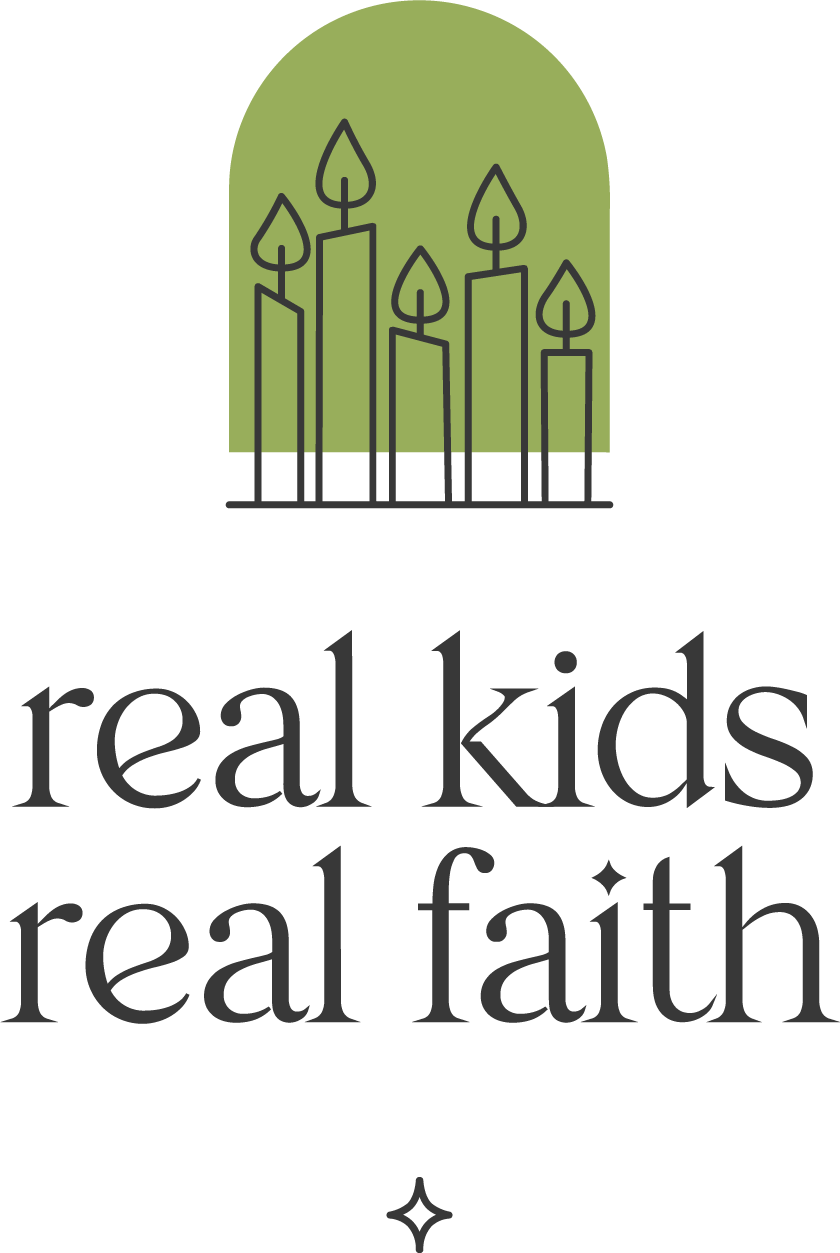Some days are just yucky. Things happen that children can’t control and don’t like. They might be little things, like the wrong kind of sandwich for lunch. They might be a bit bigger, like an obnoxious sibling or a lost toy. Or they might be really big, like getting lost. It’s hard to feel happy and safe when there are so many things to worry about.
Anna Dewdney, author of Llama, Llama, reflects on the challenges children face in her new book, Everything Will Be OK. As her bunny character discovers, bad experiences and awful days pass, and so do the tough emotions evoked by them. Young children (ages 3-8) will relate to the many challenges depicted and bunny’s feelings of sadness, frustration, anxiety, anger, and even despair. Help them discover that everything really will be ok with one or more of the these book-related activities:
Switch things up. When bunny swipes his sister’s flute, she turns her frustration into silliness by grabbing a carrot to play. Act out scenarios with children where they take a frustrating situation and make it silly. For example, they might imagine themselves as a favorite movie or TV character facing a band of dreaded broccoli monsters. Or, if a dog barking outside disturbs them, they might drum a beat on a table to create a noisy song.
Breathe through it. A stubbed toe hurts for a time and then feels better. A lost kite disappoints and then a new game develops. But making the transition from one stage to another can be hard. Invite children to try out a breathing exercise that might help. Say: Breathe in slowly and feel the air fill your body with possibilities. Breathe out slowly and let all your negative thoughts and feelings go. Repeat this process 4-5 times. Encourage children to imagine new ideas entering their mind with each inhalation and old hurts and frustrations exiting with each exhalation. Afterward, share with each other what you imagined.
Motivate with words. The author uses the phrase “everything will be ok” repeatedly. Go through the story once more with children, counting how many times it appears. (Don’t forget to include the title!) Ask children to think of other encouraging phrases, such as “when life gives you lemons, make lemonade”, “teamwork makes the dream work”, or “whatever happens, love will stay”. Then invite each child to create or adopt their own saying and make a motivational poster featuring their chosen words.
Hold on. When bunny needs reassurance, he seeks out a hug or a hand to hold. Brainstorm with children a variety of ways to physically connect with others, from fist bumps and high fives to shoulder touches, pats on the back, or arms around waists. Create a family or group ritual with multiple actions that emphasize connection. For example, you might give a high five, followed by a hip bump, a right sole to left sole foot slap, and end with simultaneous jazz hands.
Name your strengths. The author reminds bunny that he is brave and strong even when he feels scared. Encourage children to list their strengths. Then suggest that they draw a self-portrait and imagine each of their strengths as something tangible they can wear, hold, or use to help them get through a yucky day. They might envision a good sense of humor as a silly hat, bravery as a medal on their chest, or curiosity as a cat curled on their shoulder.

Comments